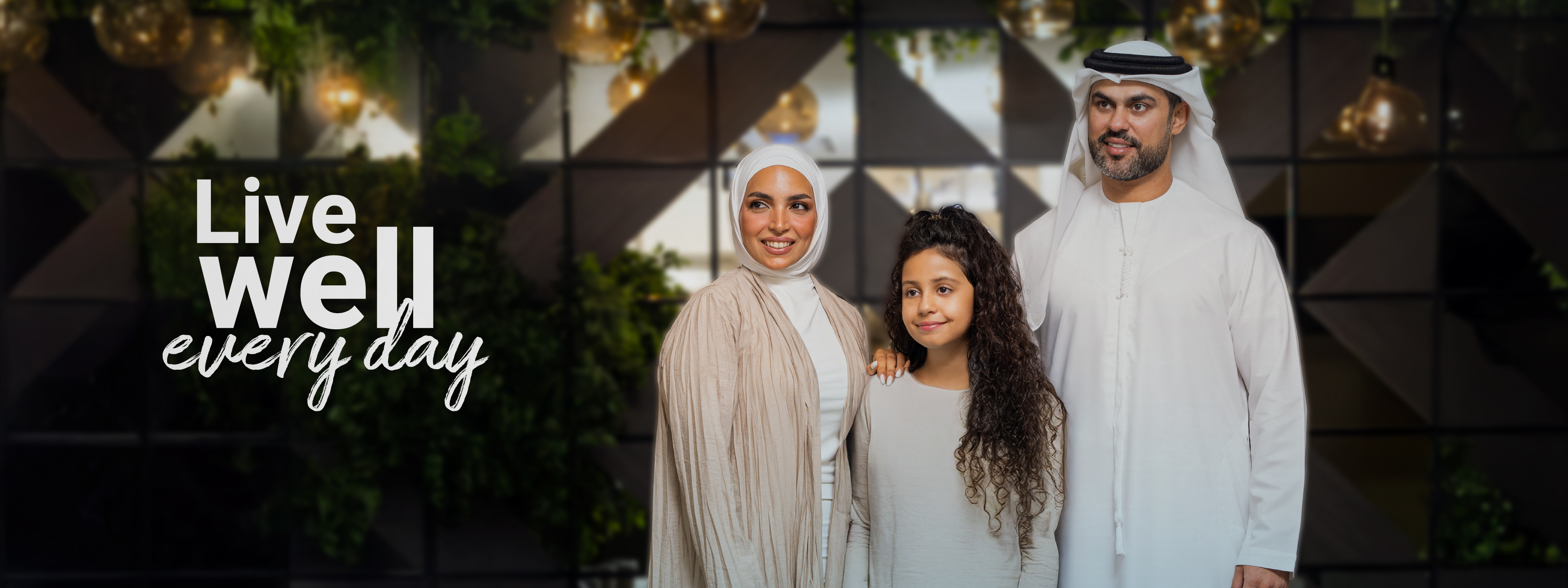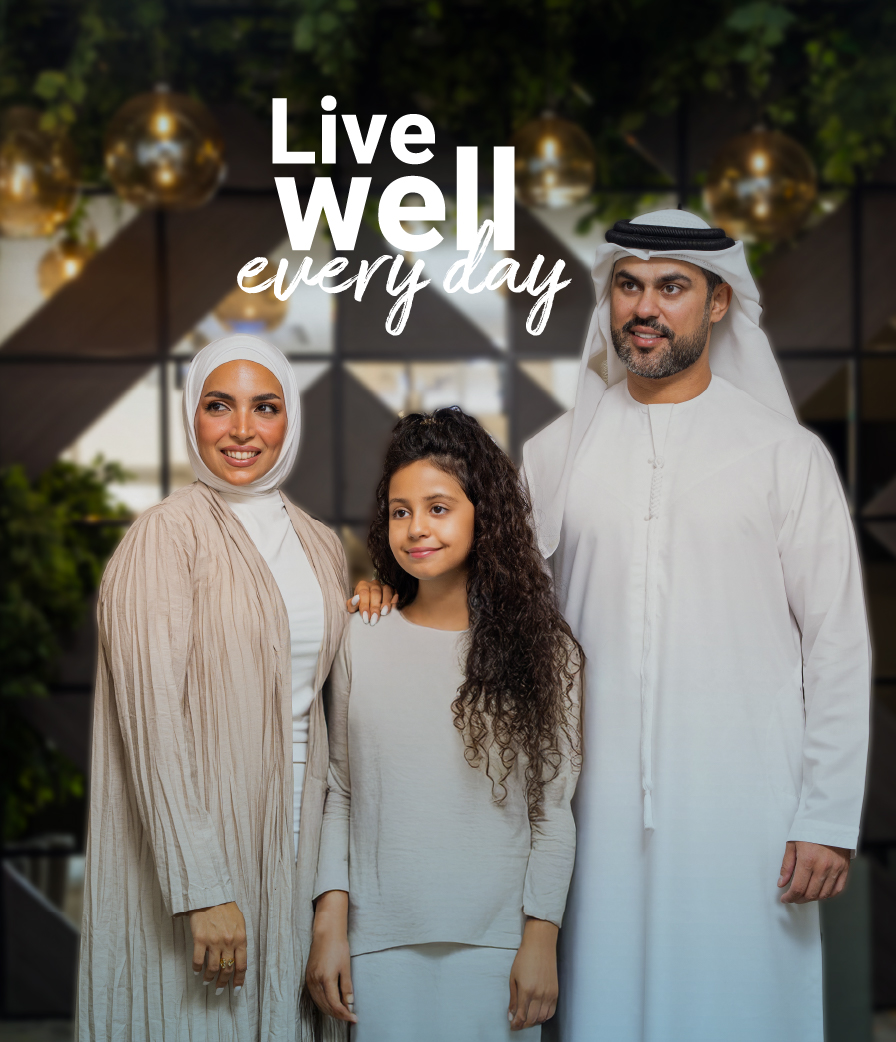 8+ years of exp
8+ years of exp
Languages
English, Marathi and HindiClinics
HealthHub - Al Qusais
HealthHub Day Surgery - Festival City
Home › Pediatric Ophthalmology

Pediatric Ophthalmology in Dubai – Expert Eye Care for Children
Pediatric ophthalmology focuses on children’s vision and eye health from infancy to adolescence. In Dubai, pediatric eye specialists treat a range of childhood eye issues, from common vision problems to complex diseases, ensuring early detection and treatment.
Watch for symptoms like squinting, sitting close to screens, constant eye rubbing, or misaligned eyes. Conditions such as lazy eye, nearsightedness, infections, or blocked tear ducts are common. Regular eye screenings are recommended in Dubai, where many children need vision correction. Early care ensures comfortable sight and optimal learning.
Pediatric ophthalmologists in Dubai use child-friendly methods to diagnose eye problems. Typical exams assess gaze, tracking, and visual acuity with age-appropriate charts. The doctor examines eye structures with lights and magnifying lenses after applying dilating eye drops for a thorough look. Alignment tests check for muscle issues, observing eye movements. For infants, light reflex tests and handheld devices screen refractive errors. Premature babies are screened for Retinopathy of Prematurity (ROP). These exams allow for accurate diagnosis of conditions like amblyopia, strabismus, congenital cataracts, and glaucoma, ensuring effective treatment plans.
After a thorough diagnosis, the pediatric ophthalmologist will tailor a treatment plan to your child’s needs. Effective treatments can range from simple corrective measures to advanced surgical procedures, all available here in Dubai. For many children, the first step is often medical treatment like prescription eyeglasses or contact lenses to correct refractive errors (nearsightedness, farsightedness, astigmatism). Glasses not only help a child see clearly but can also sometimes straighten a minor eye misalignment by improving focus. In the case of amblyopia (lazy eye), early treatment is crucial: the doctor may recommend patching the stronger eye for a few hours a day or using special eye drops (atropine) to blur vision in the strong eye, which forces the weaker eye to work harder and strengthen. Vision therapy exercises might be introduced to improve eye coordination and focus, especially if there are convergence issues or other visual skills to develop.
For certain conditions, surgical treatment is the best option. If a child has a significant squint (strabismus) that isn’t corrected by glasses or therapy, an outpatient surgery on the eye muscles can align the eyes properly – improving appearance and depth perception. Surgical procedures are also available for pediatric cataracts (removing a cloudy lens and often implanting a clear lens, even in infants), glaucoma in children (using tiny instruments or lasers to relieve eye pressure), and persistent tear duct blockages (a simple probe or stent can open the duct if massage and other measures haven’t worked by age one). All surgeries are done with pediatric-safe anesthesia and techniques to ensure the child’s comfort and safety.
Beyond medical and surgical interventions, lifestyle modifications play a role in treatment and recovery. Doctors will guide parents on supportive home care: for example, reducing screen time if a child has digital eye strain or developing myopia, encouraging outdoor play (natural daylight can help slow nearsightedness progression), and maintaining good eye hygiene to prevent infections. A balanced diet rich in vitamin A, omega-3 fatty acids, and other nutrients supports overall eye health – your child’s doctor might provide a list of “eye-healthy” foods like carrots, leafy greens, and fish. If your child underwent a procedure or is on a therapy like patching, the healthcare team will educate you on how to do it correctly (e.g. how many hours to patch, or how to put in eye drops) and how to keep your child engaged and comfortable during the process. With the combination of advanced medical care and healthy habits, most pediatric eye conditions can be managed effectively, allowing your child to enjoy clear vision as they grow.
While not all eye conditions can be prevented, parents can take proactive steps to protect and maintain their child’s vision. Here are some key prevention and management tips for children’s eye health:
By incorporating these preventative habits and closely partnering with your eye care provider, you can greatly support your child’s ocular health and catch any issues early on. Healthy vision habits established in childhood often last a lifetime.


Healthy habits make a big difference in maintaining your child’s eyesight. Encourage regular breaks from screens and plenty of outdoor play to reduce eye strain and lower the risk of nearsightedness. Make sure they have a balanced diet with eye-friendly nutrients (like carrots, leafy greens, and fish). Keeping books or tablets at a proper distance and ensuring good lighting during homework can also prevent unnecessary eye strain. Essentially, a mix of moderated screen time, outdoor activity, good nutrition, and proper reading habits forms the ideal lifestyle for healthy vision. Our doctors will give you specific advice tailored to your child’s needs, but these general habits benefit almost every child.
Treatments for children’s eye conditions are generally very safe when performed by qualified specialists. Pediatric ophthalmologists are trained to work with children and use techniques that prioritize safety and comfort. Vision correction with glasses or patching has minimal risk, and eye drops are dosed carefully for children. Surgeries like strabismus correction or cataract removal have high success rates and low complication risks. Although rare, risks include infection, anesthesia reactions, or over/under-correction. Your doctor will explain any specific risks and answer your questions. Treating eye problems early has great benefits and precautions are taken to ensure safety.
The duration of treatment varies by condition. Glasses can provide immediate improvement for blurry vision, though follow-ups are needed as the child grows. Lazy eye therapy might involve patching or eye drops and can take months to years for optimal results. Strabismus surgery is quick (under an hour) but may require weeks of healing and possibly further adjustments. Some conditions, like blocked tear ducts in babies, may resolve on their own or need a brief procedure. Your pediatric ophthalmologist will provide a timeline and milestones for your child’s specific treatment plan. Patience and regular check-ups are important, but most treatments show positive results within a manageable time frame.
Many pediatric eye conditions can be effectively treated or managed with early intervention, though it depends on the specific condition. Refractive errors like nearsightedness or farsightedness are managed with glasses or contact lenses, allowing clear vision but not providing a permanent cure as the need for correction may persist. Amblyopia (lazy eye), if treated early, can often be cured to normal vision levels; past a certain age, improvement is harder. Strabismus can often be corrected with surgery and/or glasses, yielding lasting correction in many cases, though further adjustments or continued use of glasses may be needed. Conditions like congenital cataracts or pediatric glaucoma, once treated and managed, can allow good vision but require ongoing monitoring. While “cure” can be tricky, nearly all common pediatric eye problems can be significantly improved or managed for a vision-healthy life. Our goal is to correct what we can and provide long-term management to ensure the best outcome for your child’s sight. Your pediatric ophthalmology team will discuss the specific prognosis and long-term plan tailored to your child.
 8+ years of exp
8+ years of exp
HealthHub - Al Qusais
HealthHub Day Surgery - Festival City